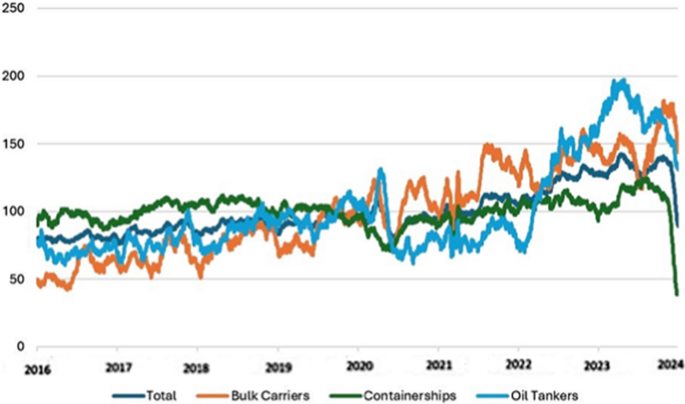Introduction- Understanding the Red Sea crisis 2025
Every 1 and 10 goods shipped worldwide passes through the Red Sea. Today, this lifeline faces unprecedented threats…”
The Red Sea crisis 2025 is a growing geopolitical challenge. Many ask, what is the Red Sea crisis 2025 and how does it impact global trade and maritime security, international trade routes in 2025 and it is also influencing global oil prices vital maritime corridor connecting in the Mediterranean through the Suez Canal to the Arabian Sea, has become a flashpoint in 2025. rising tensions involving regional conflicts, militant attacks on shipping lanes, and foreign naval deployments are reshaping the global perception of maritime security. With nearly 12% of world trade passing through these waters, the crisis s not just a regional matter but a global one.

Strategic Importance of the Red Sea: Trade Routes and Global Security
. Global trade: The Red Sea is a critical artery for oil, gas, and commercial goods, directly linking European and Asian markets.
. Energy Security: Disruptions threaten fuel prices worldwide, with shipping companies facing higher insurance costs and rerouting through the Cape of good hope.
. Military Presence: The U.S., European navies, and regional powers have increased patrols to deter attacks and safeguard shipping lanes.
Read also: Yemen Conflict Explained: Houthi Attacks and Regional Impact.
Impact of the Red Sea crisis 2025 on Global Maritime Security
. Militant and Rebel Activity: Attacks on oil tankers and cargo ships highlight vulnerability in maritime defenses.
. Proxy Conflict Dynamics: The Red Sea crisis in intertwined with Middle Eastern rivalries, drawing in Iran-backed groups and Western powers.
. Cyber Threats and Port Security: Beyond physical attacks, digital vulnerabilities in port and vessel systems are increasingly concerning.
How the World is Responding to the Red Sea Crisis 2025
. U.S. Naval Operations: Washington has escalated its naval presence, signaling commitment to freedom of navigation.
. Allied Partnership: European and Asian allies have launched joint maritime security initiatives to counter piracy and sabotage.
. Regional Powers: Saudi Arabia, Egypt, and the UAE are positioning themselves as key actors in securing Red Sea routes.
Impact of the Red Sea Crisis 2025 on Global Maritime Security
1. Trade Diversion: Shipping companies are recalibrating routes, increasing costs, and disrupting supply chains.
2. Military Escalation Risks: Greater naval buildup raises chances of confrontation in contested waters.
3. Global Governance Challenges: Calls for stronger international cooperation through the UN and International Maritime Organization [IMO] are intensifying.
Conclusion- Red Sea Crisis 2025 and its impact on Global Trade & Supply Chains
The Red Sea crisis underscores how regional instability can ripple into the global system, threatening trade, energy flows, and maritime security frameworks. While naval deployments provide short-term reassurance, the long-term solution lies in diplomacy, regional cooperation, and stronger multilateral mechanisms for crisis management. The international community;s ability to safeguard the Red Sea will determine not only regional peace but also the resilience of global commerce.

Ans: The Red Sea Crisis refers to ongoing conflicts tensions in the Red Sea region, involving regional actors like the Houthis, and impacting maritime routes critical for global trade and energy transport.
Ans: The Red Sea is one of the world’s most critical waterways, linking the Mediterranean Sea via the Suez canal to the Indian Ocean. Its strategic importance comes from global trade, energy transport, and military presence. Control over the Red Sea impacts shipping routes, international trade, and regional security, making it a focal point fir global powers. An y tensions in this area can have far-reaching effects on global trade and maritime security.
